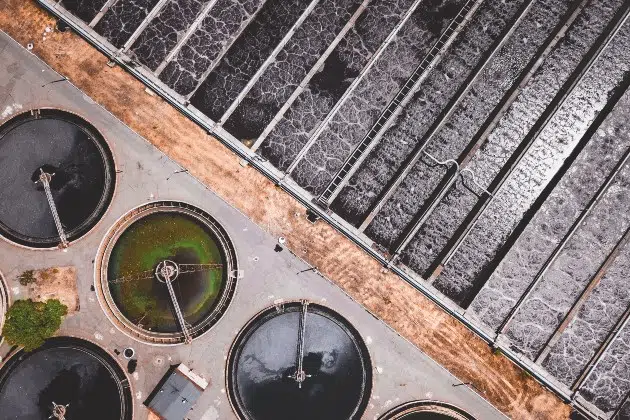(KNSI) – St. Cloud is one of the communities monitoring its wastewater for COVID-19 to track and predict future outbreaks. More cities are reporting checking the sewers in recent weeks as the omicron variant spread throughout the St. Cloud area and across the region.
St. Cloud Public Utilities has been testing wastewater since September of 2020, but it’s just starting to become useful to track the pandemic on a day-to-day basis in the community. Until a few weeks ago, St. Cloud sent a couple of samples a week to the University of Minnesota Duluth. While the city participated in the research, they weren’t getting the results back timely.
St. Cloud Public Services Director Tracey Hodel says the city recently reached out to a lab that analyzes samples for the Metro Plant and is now sending daily samples and getting the data back in 48 hours.
“with that quick of a turnaround time we can look at is it (COVID) decreasing? Is it increasing? Do we need to change our protocols? And I would emphasize just how groundbreaking this is as far as the potential that this has on not just analyzing the concentrations of COVID 19 virus but also future viruses.”
Hodel says the samples are taken directly from the St. Cloud wastewater treatment plant, which gets its wastewater from St. Cloud, Sauk Rapids, Waite Park, St. Joseph, St. Augusta and Sartell.
“We are taking the sample at the wastewater treatment facility at what we call is the influence sample so it’s all the wastewater that’s being generated from all the six cities so it’s really a good representative sample of what’s occurring in that large service area.”
She says using wastewater testing data is becoming more valuable as more COVID-19 testing is done at home because that data isn’t included in the state’s daily case count.
“The actual concentration is not as accurate as the wastewater data is. It also includes all of the shedding that occurs for those people that have COVID-19 but do not have any symptoms. So, they’re not getting tested. So, it’s really truly a very unbiased way to look at the level of spread of the virus in a community. And I don’t know if there’s any other data out there that is better than wastewater right now.”
Hodel says when the omicron variant hit St. Cloud, it was evident in the wastewater.
“When we were looking at the graphs, I mean they had to change the Y axis value to actually get the concentrations that they were seeing in the wastewater from the start of the pandemic. So, it was such a drastic short period of time that it spiked.”
She says the data is showing just as sharp of a drop on the backside of the surge. Hodel says St. Cloud plans to put together a public dashboard with all the COVID-19 wastewater data. St. Cloud intends to collect a few more weeks’ data before building the local wastewater data dashboard.
___
Copyright 2022 Leighton Enterprises, Inc. All rights reserved. This material may not be broadcast, published, redistributed, or rewritten, in any way without consent.









